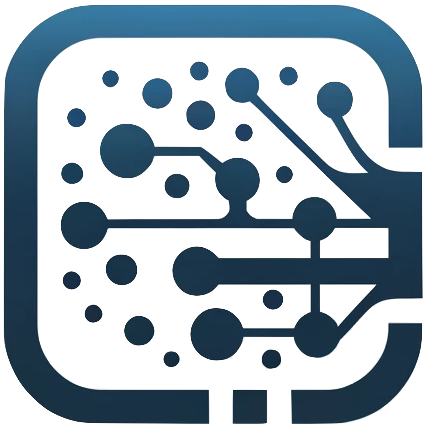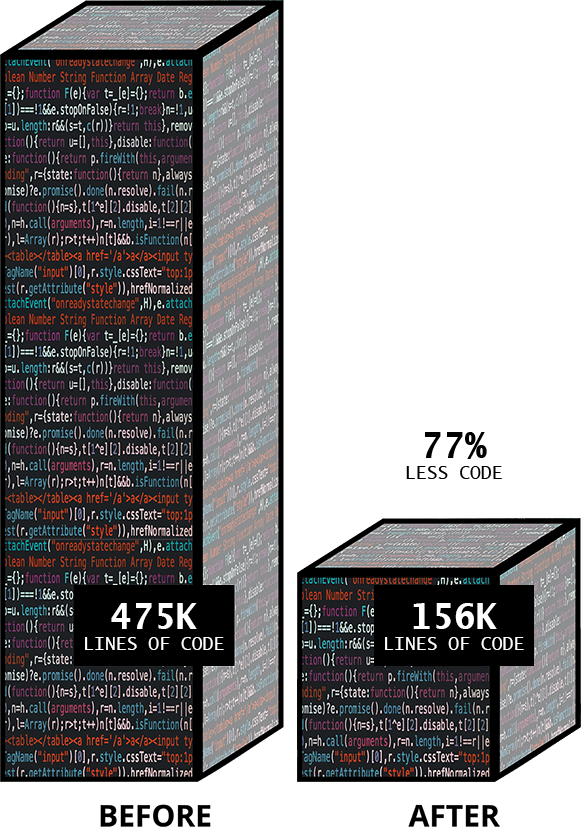Unfortunately, this wasn't the company's first attempt at developing the application they hoped would disrupt
their industry.
They hired Industrial Logic only after having invested over a year (and more than $1M) in the project. Despite
this significant
investment, the resulting product was unusable. Its core functionality was rife with defects. In some cases,
users even
struggled to sign in.
They had hired low-cost, inexperienced developers to build their revolutionary product. And now they were
paying the real price.
Their story is all too common; many software organizations have made (and are still making) a similar error.
The company's decision to hire an offshore "budget" development team ultimately resulted in poor quality and a
codebase that was not salvageable.
Faced with this dire situation, they turned to us for help.
What followed was transformative. Our quick work rescued their company and set them on a path to continuous
revenue growth and market leadership.











